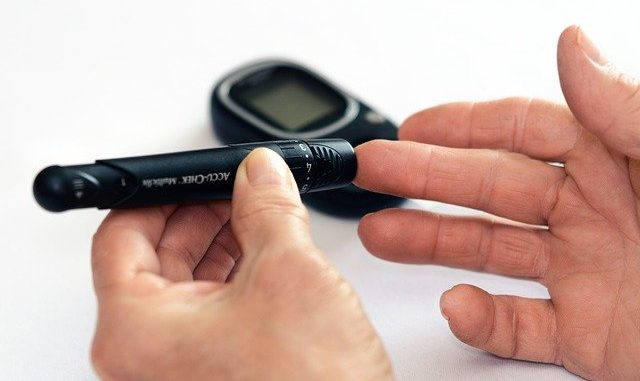
Erythritol is a natural sugar alcohol which has found widespread use as a low calorie sweetener for use in diabetic foods. It is mainly manufactured and has been available since 1990 where it freely resides on the health food aisle. Like allulose, it has roughly 70% the level of sweetness of sucrose or table sweetener as some call it. Fortunately, unlike stevia, it has no bitter aftertaste which is a major plus point for anyone who finds this plant based sweetener objectionable.
It is produced from glucose by a yeast based fermentation which means that it is found in wine, beer and even some cheese.
Nutritionally, it does not affect blood sugar levels, neither does it cause tooth decay and absorbed by the body rather than entering the stomach.
The sweetener was identified by a Scot, John Stenhouse in 1848. Four years later it was isolated. The Japanese began commercial production in 1990 by fermentation of glucose using a specific yeast called Moniliella pollinis.
Commercial use
As well as being a bulk sweetener for certain foods, it is a very effective thickening agent. It is most commonly used to sweeten reduce calorie and sugar-free food and beverages. A number of product developers have mixed it with other non-calorie and low-calorie sugar substitutes like stevia, aspartame and allulose.
For the product developers, it is ideal for baking with and is found in ready-to-eat products such as cakes, meringues and ice-cream.
The major producers are Cargill, Tate & Lyle, Jungbunzlauer, Unterhofer & Partner KG/ZeroCal, Zhucheng Dongxiao Biotechnology, Zibo ZhongShi GeRui Biotech., Nikken-Chemical, Ingredientstech, Shandong Sanyuan Niotechnology, Cerestar Holding B.V, Foodchem International Corp., Baolingbao Biology and Futaste.
Nutrition
Erythritol has a recognized caloric value of just 0.2 kilocalories per gram. It absorbs into the small intestine very quickly and passes out of the body unmodified. This makes it ideal for diabetics as well it does not stimulate spiking in blood sugar levels. Likewise it is found in gluten-free foods and those with ‘no added sugar’ claims. A number of GI foods exploit its low calorific value.
Safety
The World Health Organization (WHO) approved erythritol in 1999, and the FDA did the same in 2001. There are very few if any safety concerns about this sugar alcohol and is treated in the same stable as mannitol and xylitol.
The main concern however is that too much produces a laxative effect but it is more stomach friendly than xylitol. It will not upset your pets either. The upper limit of tolerance is 0.78 and 0.71 grams per kg body weight in adults and children, respectively. EFSA currently suggest the upper limit is 0.6 grams per kg body weight.
Leave a Reply